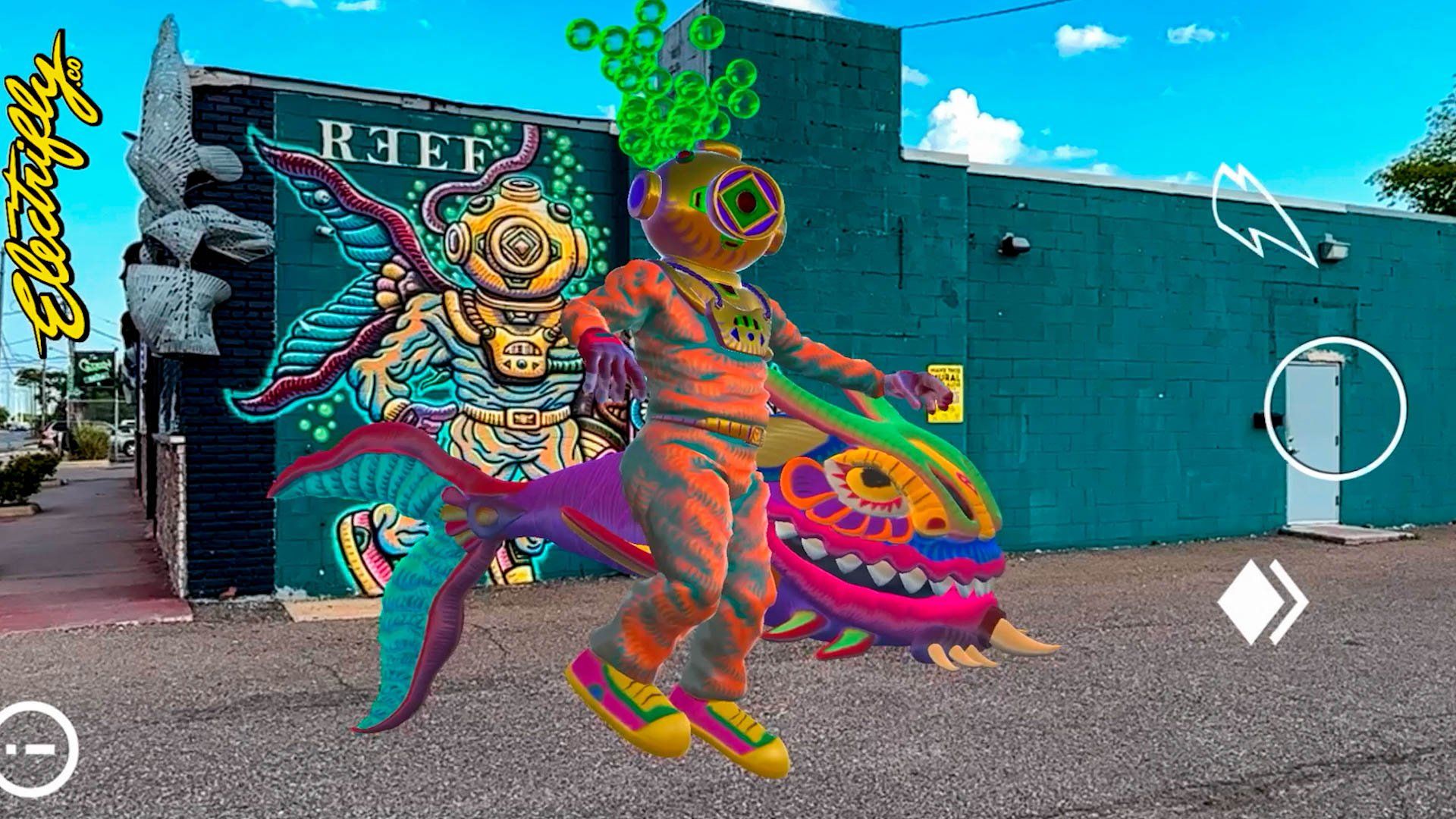What is Augmented Reality?
What Augmented Reality can do for You

If you’ve ever played Pokémon GO, used an app to test which furniture items would look good in your house, or messed around with Instagram face filters, you’ve experienced augmented reality (or AR for short). If you haven’t, just wait. AR is quickly becoming a fixture of everyday life.
Since its conception, AR has largely been viewed as a simple marketing tool or entertainment platform. But augmented reality technology is now being embraced by a range of industries (retail, healthcare, military, and
product manufacturing). Apple has their ARKit platform and AR glasses. Google launched their ARCore for Android. And companies of all kinds are taking notice of AR’s growing potential. Even Disney has entered the world of augmented reality
through an impressive one-minute production that will turn your living room into a lush, rainforest landscape.
If your business has yet to jump on the virtual reality technology bandwagon, you run the risk of being left behind. The good news, however, is that AR (compared to other types of virtual reality tech) tends to be the easiest to incorporate into a company’s regular processes.
What is Augmented Reality? (AR)
Augmented reality (AR) is a way of enhancing the real physical world with artificial visuals and sound delivered through a tech platform. Unlike virtual reality (VR), AR is NOT a fully immersive experience. VR allows users to create their own completely artificial cyber environment, and then immerse themselves in that world with a special headset. In contrast, AR allows users to modify the real world and then continue interacting with the real physical objects around them.
In the Pokémon GO scenario, players roam the real world to find artificial Pokémon. For Instagram filters, users hold their phone cameras up to their real face and the filter applied artificially modifies the image, making it look like you have cat ears or facial hair or sparkly eyes.
How does AR work?
AR tech overlays visual, auditory, or other sensory info onto the real physical world through a combination of software imagery and hardware lenses.
Very basically, the augmented reality process works in 5 steps:
Step 1: The user points an AR-enabled device with a camera at something in the real world. The device could be a tablet, smartphone, or smart glasses. Ideally the screen resolution is super high to enhance the realism of the subsequent AR image.
Step 2:
AR software allows the device to then parse a video feed to identify the physical objects present in the real environment visible on screen.
Step 3: A 3D digital replica is created of the physical object. This replica is what gets manipulated and transformed, requiring significant processing power for the AR tech to work optimally. This is usually achieved by leveraging a device’s internal operating system.
Step 4: The AR-enabled device downloads information about the physical object and replica from the cloud, superimposing the digital modification over the real image through special trackers or markers. Most AR solutions are able to do this via artificial intelligence software, which helps to provide a more seamless illusion.
Step 5: The user is able to interact with the part-real, part-digital environment by moving around, engaging with a touchscreen, using voice commands, or with physical gestures. The new information is captured by the device and the cycle begins again, altering the real image further and in different ways.
What is AR used for?
Augmented reality has a broad range of applications. Melding the physical with the virtual creates new ways of working, learning, and engaging with content. It can be used for just about everything from asset identification to data collection to marketing campaigns to employee training to art.
Early adopters developed AR technologies to enhance a consumer’s shopping experience, enabling them to visualize what products would look like in different environments. Amid the rise of big data, another major use for AR is to better understand specific features of the physical world and derive insight to be applied to real-world applications. For example, following the Notre-Dame fire in Paris, the city launched
an AR/VR experience that allows visitors to see the cathedral as it was, not only pre-fire but through centuries of modifications and reconstruction, preserving its history within a virtual environment. AR has also been applied to the healthcare sector, where it became a powerful training tool for medical professionals. By hovering a mobile device over a target body part, for instance, these medical AR apps allow trainees to view highly detailed 3D images of internal body systems. And in the workplace, AR training provides employees with an enhanced learning experience that can be launched at any time and at any location.
Beyond the strictly practical, AR is also a force for art. At the Electrify Detroit Augmented Reality Mural Festival, for instance, artists are combining traditional craft with new technology, working hand-in-hand with AR digital artists to create something incredible. In this way, AR is more than a tool, it is a form of self-expression and social platform.
And we’re just scratching the surface. Who knows how augmented reality might evolve in the future. What is clear is that AR is here to stay and here to help.














